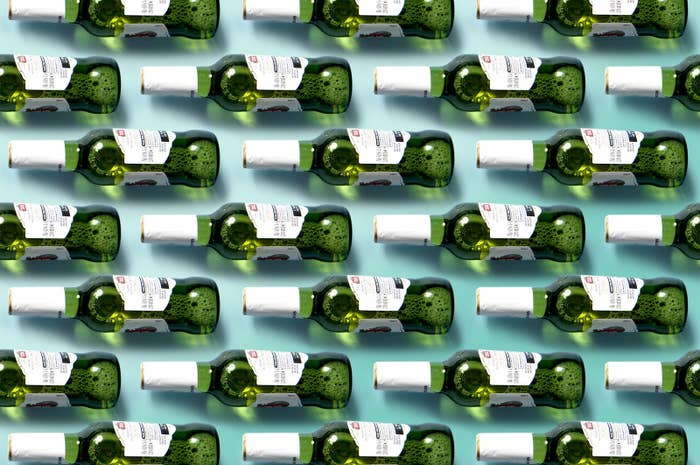
There’s new NHS data out showing how many 11- to 15-year-olds are drinking, smoking, and taking drugs. This is what it shows.
Fewer young people in England are smoking, and the percentage has been dropping for at least three decades.
The percentage of young people who have ever smoked, who occasionally smoke, or who regularly smoke, by year
Since 1982, the NHS in England has been keeping data on the number of young people (aged 11 to 15) who smoke.
Back when it started, more than half of children had tried a cigarette by the time they turned 15. In 2016, according to their latest data out today, it was less than 1 in 5.
In that period there have been a lot of governmental efforts to reduce smoking. For instance, in 1986 it was made illegal to sell tobacco to under-16s. Bigger health warnings were brought in in 2003. In 2007, smoking was banned in pubs and other workplaces, and the legal minimum age was raised to 18. These, among other things, may have helped contribute to the reduction in smoking.
Most commonly (in 48% of cases), underage smokers were given cigarettes by a friend; most of the rest bought them from shops. The use of e-cigarettes, which was first recorded in the survey in 2014, has gone up from 23% to 27% since then, but it's rare among non-smokers (13% of people who said yes to "ever used e-cigarettes" said no to "ever used cigarettes").
Girls consistently smoke more than boys.
It's not a huge difference, and in both cases the percentage is dropping year-on-year.
The number of children who have drunk alcohol has similarly dropped.
In 1988, the NHS started asking about drinking as well as smoking. Back then, a comfortable majority – 62% – of this age bracket had tried an alcoholic drink. In 2014, it was down to 38%.
There isn't directly comparable data for this year, because the survey now asks a slightly different question. Until 2014, pupils were asked "Have you ever had a proper alcoholic drink – a whole drink, not just a sip?" but the word "proper" apparently confused some children, so it's been removed. The percentage in the 2016 survey therefore jumped up to 44%, but that's not an indication that more children are drinking.
The number of children who drink regularly has dropped at the same time, and the number who have never drunk has risen.
Obviously all of this is very different when you ask 11-year-olds to when you ask 15-year-olds. In 2016, only 15% of 11-year-olds had ever had an alcoholic drink, whereas 73% of 15-year-olds had. And similarly, only 1% of 11-year-olds drank alcohol at least once a week, compared to 14% of 15-year-olds.
There have been suggestions that the drop in alcohol consumption has been due to the growth in the Muslim population, but Paul Niblett, a statistician for NHS Digital, told a press briefing that this does not explain the trend.
Drug-taking is similarly on the decline, although there's an odd, hard-to-explain, and possibly illusory spike this year.
The NHS Digital data team noted a surprising jump in the 2016 numbers. They have included questions about nitrous oxide and novel psychoactive substances ("legal highs") in this year's survey, but that only explains a small percentage of the leap – the graph above shows the data without those drugs.
Niblett told the briefing that they had tried to find evidence for this spike in other comparable datasets, such as surveys of 16- and 17-year-olds, Scottish rather than English children, or the British Crime Survey, but couldn't find any. So he said that it was impossible to say whether this was a real increase or a statistical artefact, and that we won't know until the 2018 data comes out.
